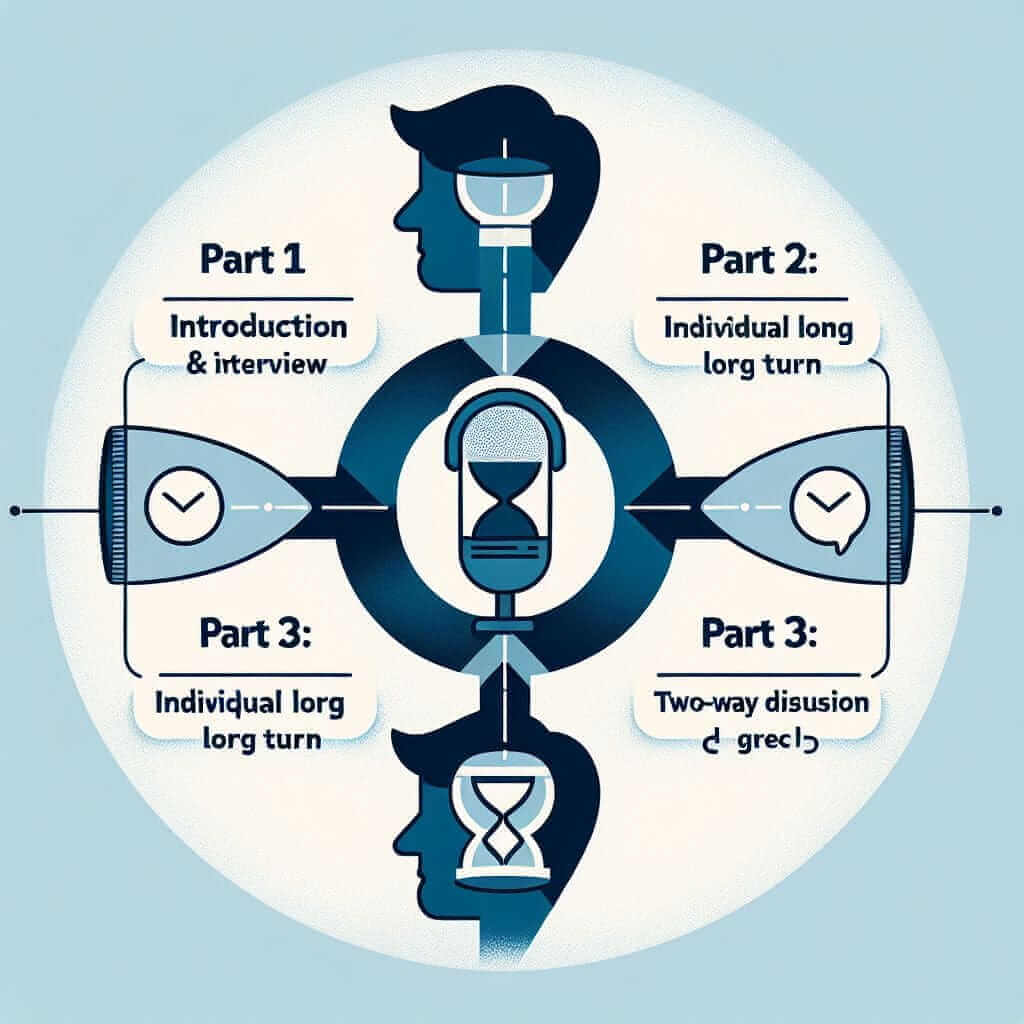As an IELTS instructor with over 20 years of experience, I often hear students utter the phrase, “Is there anybody out there?” usually followed by a nervous giggle. They’re not searching for extraterrestrial life, but rather expressing their anxieties about the IELTS Speaking test. The feeling of being “alone” in facing this challenging exam is completely understandable. But fear not, fellow English enthusiasts, I’m here to guide you. This article will equip you with the knowledge and strategies to confidently navigate the IELTS Speaking test.
Understanding the IELTS Speaking Test: You’re Not Alone
The IELTS Speaking test is designed to assess your ability to communicate effectively in English. It’s a one-on-one interview with a certified examiner, and it’s divided into three parts:
Part 1: Introduction & Interview (4-5 minutes)
You’ll answer questions about familiar topics like your hobbies, work, or studies.
Part 2: Individual Long Turn (3-4 minutes)
You’ll be given a cue card with a topic and some prompts. You’ll have one minute to prepare a 1-2 minute speech.
Part 3: Two-way Discussion (4-5 minutes)
You’ll engage in a deeper discussion related to the topic in Part 2.

Mastering the IELTS Speaking Test: Essential Tips
Here are some practical tips to help you excel:
1. Practice Makes Perfect (and Builds Confidence!)
The more you practice, the more comfortable and fluent you’ll become. Find a language partner, record yourself speaking, or seek feedback from an experienced IELTS tutor.
2. Expand Your Vocabulary
A wide range of vocabulary will impress the examiner. Focus on learning topic-specific vocabulary related to common IELTS themes.
3. Grammar Matters
While fluency is important, don’t neglect grammar. Pay attention to verb tenses, subject-verb agreement, and sentence structure.
4. Develop Your Ideas
In Part 2, use the one-minute preparation time wisely to brainstorm ideas and structure your response logically.
5. Be a Storyteller
People connect with stories. Try to incorporate anecdotes and personal experiences into your answers, where relevant.
6. Don’t Memorize Answers
Examiners can easily spot memorized responses. Focus on understanding the questions and providing genuine answers.
7. Maintain Fluency and Coherence
Use linking words and phrases (e.g., furthermore, in addition, however) to connect your ideas smoothly.
8. Be Confident and Engaging
Speak clearly, make eye contact, and show enthusiasm for the topics being discussed.
Real-Life Examples: From Nervous to Natural
Let’s look at how these tips work in practice:
Scenario: Part 1 Question: “Tell me about your hobbies.”
Instead of: “I like to read books.”
Try: “I’m an avid reader, particularly of historical fiction. I find it fascinating to delve into different time periods and learn about past cultures.” (Expanded vocabulary, engaging details)
Conclusion: You’ve Got This!
Remember, preparation is key. By following these tips, practicing consistently, and approaching the test with a positive attitude, you can overcome any lingering anxieties and achieve your desired IELTS Speaking score. So, to all the test-takers out there feeling alone in their IELTS journey – you’re not! With dedication and the right guidance, you can confidently communicate your way to success.